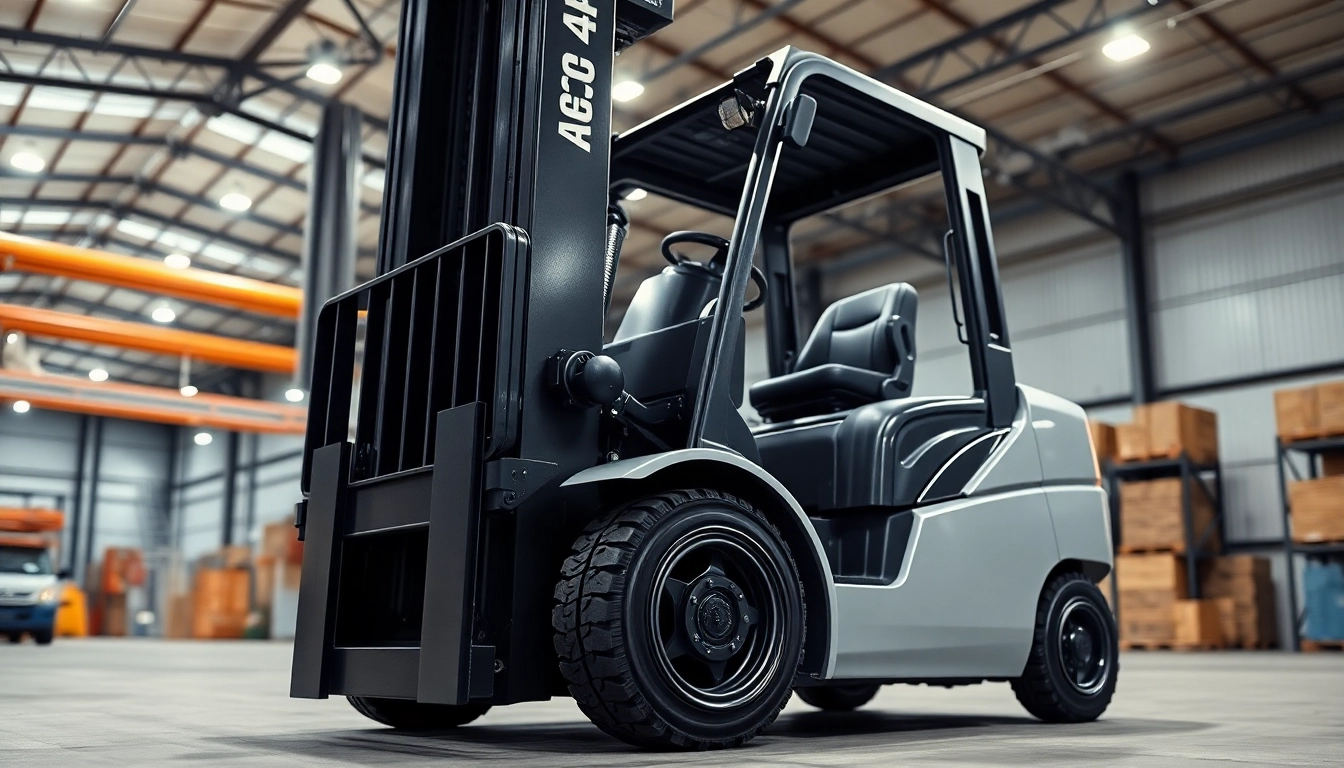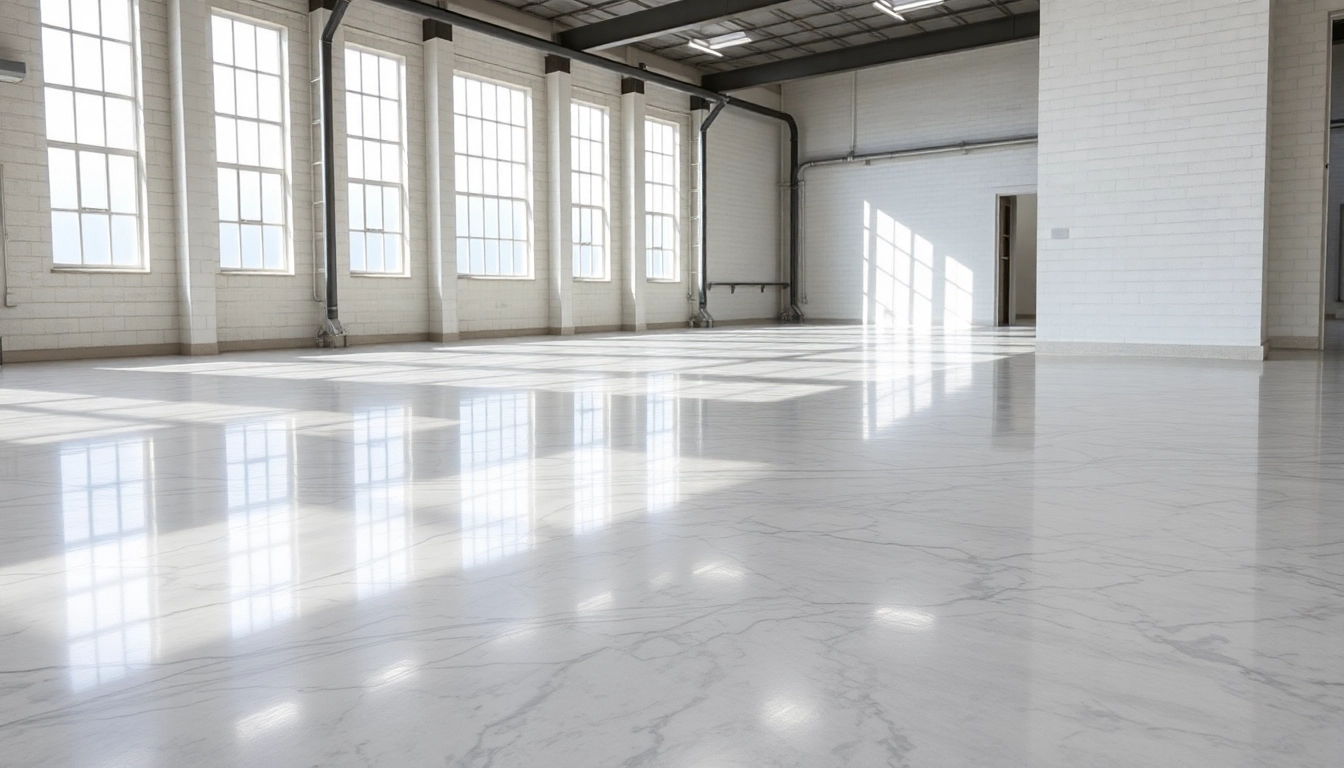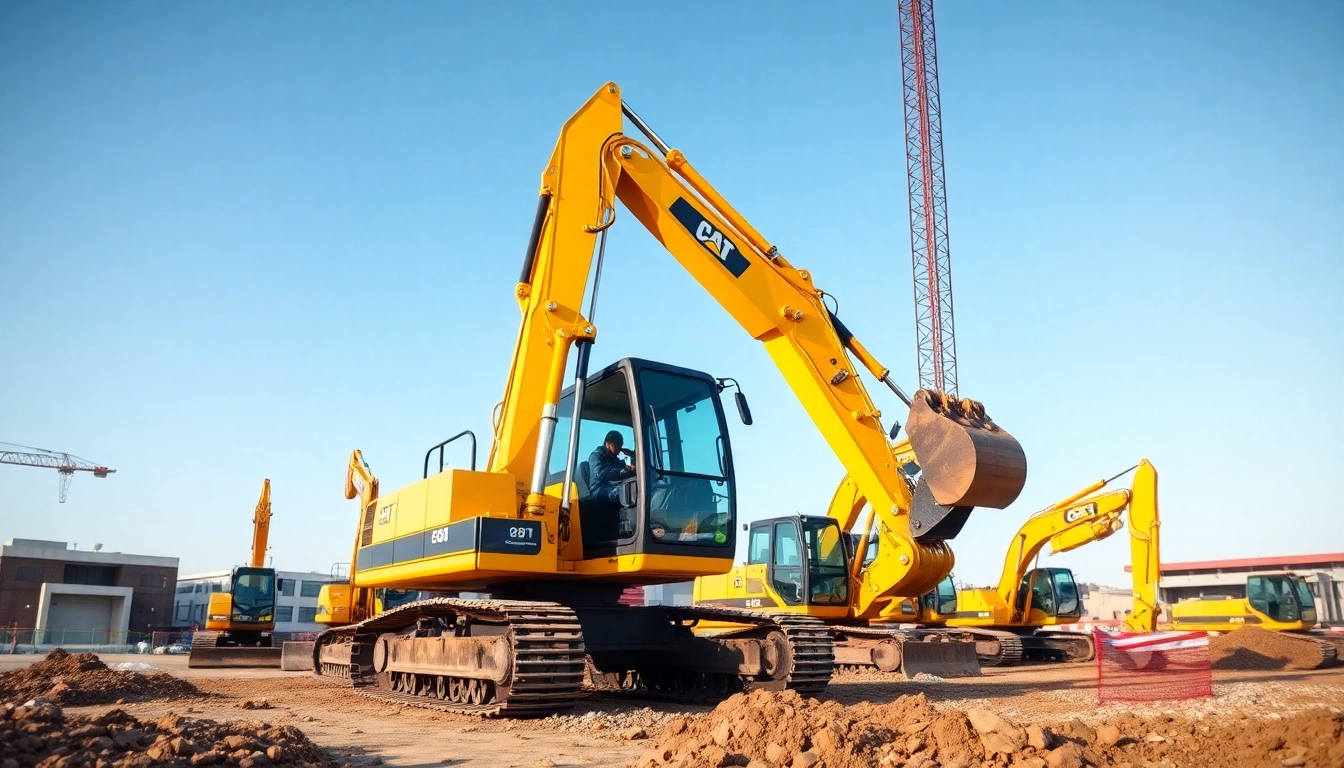Understanding Forklift Rental Options and Benefits
In the fast-paced world of logistics, warehousing, manufacturing, and construction, reliable material handling equipment is essential to keep operations efficient and cost-effective. Among these, forklifts stand out as vital tools that facilitate the movement and stacking of heavy loads with precision and safety. For many businesses, investing in a forklift outright may not be financially practical or necessary, especially when project needs fluctuate or when equipment becomes obsolete quickly.
Consequently, forklift rental has emerged as the preferred solution for a wide range of enterprises seeking flexible, cost-effective, and scalable material handling options. Whether you require a single forklift for short-term projects or a fleet for long-term operational needs, understanding the various rental options, their benefits, and strategic considerations can significantly enhance your productivity and bottom line. To explore tailored forklift rental solutions, visit Forklift rental and discover how renting can transform your operational efficiency.
Types of Forklift Rentals: Short-term vs Long-term
Short-term forklift rentals
Short-term forklift rentals usually range from a single day to several weeks, ideal for seasonal surges, special projects, or temporary increases in workload. Such rentals offer maximum flexibility, allowing businesses to scale equipment up or down based on immediate needs without long-term commitments. For example, a retailer during peak holiday season might rent forklifts for a few weeks to handle increased stock movement.
Short-term rentals often come with benefits like quick setup, flexible scheduling, and reduced maintenance responsibilities, as many rental providers handle servicing. However, cost per day may be higher compared to long-term rentals, but when used efficiently, they are highly cost-effective for short-term operational spikes.
Long-term forklift rentals
Long-term rentals typically extend from several months to multiple years, serving ongoing operational needs. They offer a predictable expense model and often include maintenance and support services. This option is preferred by companies that require consistent forklift use but want to avoid the capital expenditure associated with purchasing equipment.
Long-term rentals tend to feature better per-unit pricing, making them economical for sustained operations. For example, factories that operate 24/7 often opt for long-term rental agreements to ensure fleet availability while managing costs effectively.
Advantages of Renting Forklifts Over Owning
Financial flexibility and cash flow management
Rental eliminates the hefty capital investment required to purchase forklifts. Instead, it converts capital expenditure into predictable operational costs, freeing up cash flow for other business priorities. Businesses can allocate resources toward growth initiatives without immobilizing funds in equipment.
Access to the latest technology and equipment
Reputable rental providers regularly update their fleets with the newest models equipped with advanced safety features, increased efficiency, and compliance with evolving regulations. Renting ensures access to state-of-the-art machinery without the need for costly upgrades or obsolescence concerns.
Reduced maintenance and operational responsibilities
Most rental agreements include maintenance, servicing, and breakdown support. This reduces downtime and maintenance costs while alleviating the burden of equipment management from your internal team. Maintenance services typically include routine inspections, repairs, and safety checks, ensuring optimal performance.
Flexibility and scalability
Rental agreements can be tailored to fluctuating operational demands. During busy periods, businesses can enlarge their fleet; during slow periods, they can scale back. This agility minimizes idle equipment and optimizes resource allocation.
Risk mitigation and compliance
Rental providers often ensure that their equipment complies with current safety standards. This reduces regulatory risks and liability concerns for your business. Additionally, rental contracts often include insurance options, further reducing exposure to potential damages or accidents.
Key Features to Consider When Choosing a Forklift Rental
Type and capacity of the forklift
Selecting the right forklift depends on the load capacity, lift height, and operational environment. Ensuring the forklift can handle the heaviest loads and reach required heights safely is critical. For heavy-duty tasks, diesel forklifts are common, while electric models suit indoor, emission-sensitive environments.
Operational environment compatibility
Consider where the forklift will be used—indoor warehouses, outdoor yards, or rough terrain. Electric forklifts are ideal for confined, indoor spaces due to low emissions and quiet operation, whereas diesel or LPG models provide better performance on uneven outdoor surfaces.
features such as safety systems and technology
Modern rental forklifts come equipped with advanced safety features like load sensors, stability systems, and operator assistance technologies. These enhance safety and efficiency, reducing accident risks.
Cost and rental terms
Compare rental prices, including delivery, insurance, service, and additional support costs. Review the contract terms carefully—pay attention to mileage limits, maintenance responsibilities, and the flexibility of rental extensions.
Provider reliability and support services
Choose reputable rental companies with high customer satisfaction records, comprehensive maintenance packages, responsive support, and flexible delivery options. Reference check reviews, industry reputation, and the availability of emergency support are vital steps in selection.
How to Select the Right Forklift for Your Business Needs
Matching forklift capacity and type to workload
Assess your typical load weights, load dimensions, and handling frequency. For instance, if your operation involves frequent movement of heavy pallets, a high-capacity diesel forklift may be necessary. Conversely, lighter loads handled in confined spaces may be better served with compact electric models.
Electric vs Diesel Forklifts: Pros and Cons
Electric Forklifts: Zero emissions, quieter operation, lower maintenance costs, ideal for indoor environments. However, limited operating hours per charge and higher initial purchase or rental costs can be drawbacks.
Diesel Forklifts: Greater power and longer operational hours, suitable for outdoor and rugged terrain. They emit fumes and are noisier, requiring adequate ventilation and compliance with environmental regulations.
Assessing Rental Providers’ Reliability and Service
Evaluate provider credentials, track records, and after-sales support. Reliable providers should offer prompt delivery, comprehensive maintenance, and flexible rental terms. Reading customer testimonials and industry reviews can provide insights into their service quality.
Implementation Tips for Efficient Forklift Rental Management
Planning for delivery, installation, and operator training
Coordinate with your rental provider to schedule timely delivery, professional setup, and operator training. Proper training ensures safe and efficient operation, maximizes equipment lifespan, and minimizes accidents.
Scheduling maintenance and safety checks
While many rental agreements cover maintenance, establishing an internal schedule for routine safety checks helps prevent breakdowns. Regular inspections of brakes, tires, hydraulics, and safety systems are critical to maintain operational excellence.
Tracking operational costs and optimizing usage
Implement a tracking system for rental costs, equipment utilization, and downtime. Data analytics can inform future purchasing or rental decisions, identify underutilized assets, and optimize workforce deployment.
Cost Factors and Budgeting for Forklift Rental
Typical rental costs across the UK
Rental rates vary depending on forklift type, capacity, rental duration, and provider. As a guideline, weekly rental prices can start from approximately £65+ VAT for smaller electric models, with larger or diesel forklifts costing more. Long-term agreements often feature discounted daily or weekly rates.
Additional charges: delivery, insurance, and support
Factor in extra costs such as delivery charges, installation, insurance coverage, training, and maintenance. Many providers include some services in the base rental fee, but review contracts carefully for potential additional expenses.
Strategies for negotiating better rental rates
Negotiate based on rental duration, fleet size, and service packages. Committing to longer rental periods or bundling multiple equipment rentals can yield discounts. Also, ensure clarity on all costs upfront to avoid unexpected charges.
Measuring Success and Safety in Forklift Rental Deployment
Performance metrics for evaluating forklift efficiency
Track key indicators such as load handling speed, uptime percentage, operator productivity, and safety incident rates. These metrics help assess whether the rented forklifts meet operational expectations.
Ensuring compliance with health and safety regulations
Adhere to UK health and safety standards, including operator licensing, regular safety inspections, and equipment maintenance. Regular training and audits are recommended to maintain compliance and reduce liability risks.
Case studies: boosting productivity with strategic forklift rental
For example, a manufacturing firm successfully increased throughput by renting additional forklifts during peak production and implementing rigorous operator training, resulting in a 20% reduction in loading times and significant safety improvements.









